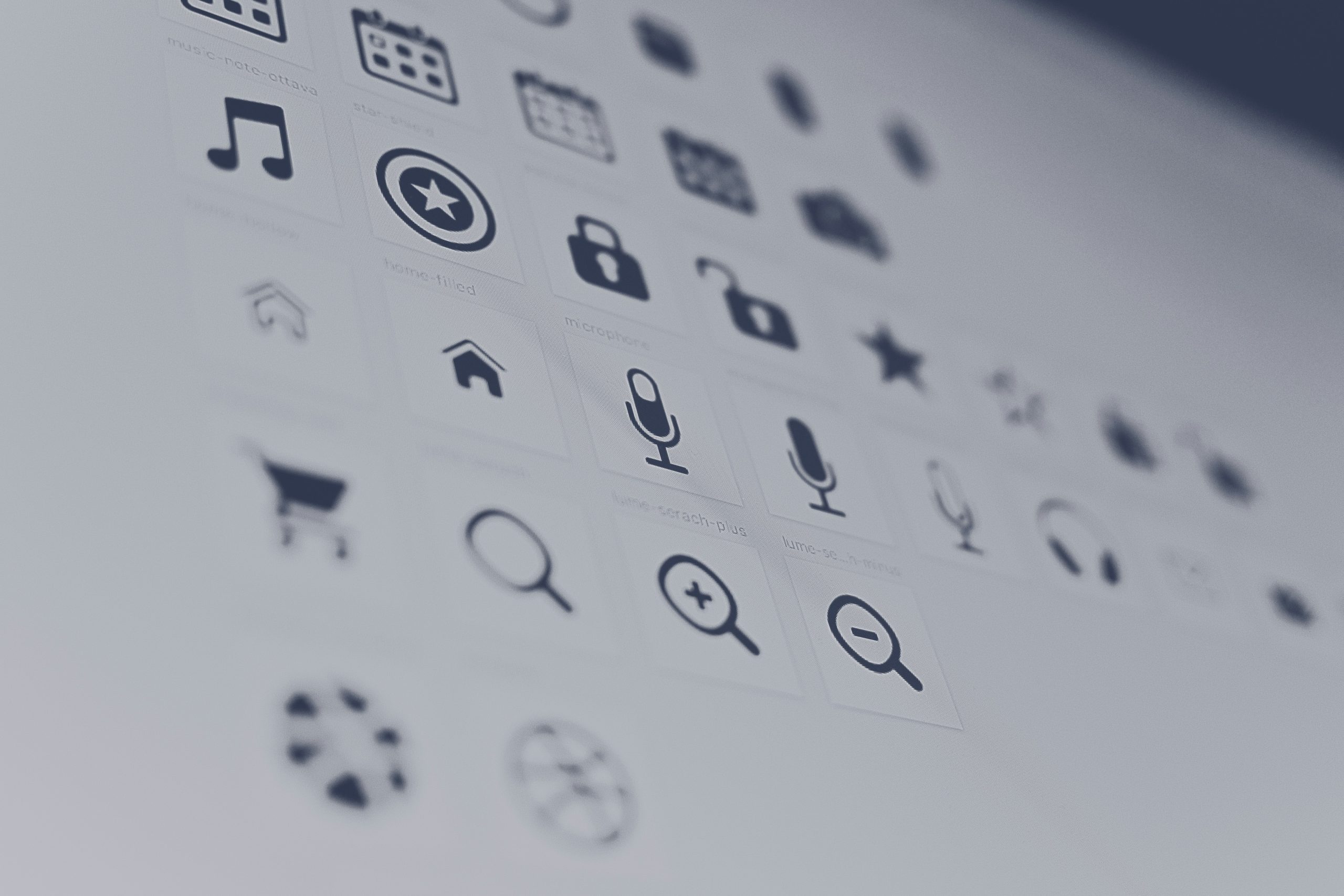
How to Use Icons and Symbols Effectively in Visual Communication
In today’s fast-paced world, where attention spans are shorter than ever, the ability to convey a message quickly and effectively is more important than ever. Visual communication, which includes the use of icons and symbols, plays a crucial role in making information easily accessible, digestible, and memorable. Whether you’re designing a website, a marketing campaign, or simply creating content, understanding how to use icons and symbols effectively can significantly boost your message’s impact.
In this article, we’ll explore practical tips on how to use icons and symbols in your designs, and we’ll show you how you can create visually stunning posters with free printable posters PDF tools, such as the one provided by Adobe Express.
1. Understand the Power of Icons and Symbols
Icons and symbols are powerful tools in visual communication because they transcend language barriers. A well-designed icon can instantly convey meaning without needing words. This ability makes them perfect for international audiences or multi-lingual settings, where you might face challenges with language comprehension.
For example, a shopping cart icon is universally understood as a symbol for online shopping. Similarly, a magnifying glass often signals “search” or “zoom in.” By using these types of universally recognizable icons, you can communicate key messages more efficiently.
2. Select Icons that Match Your Message
It’s crucial to select icons and symbols that align with the tone and message of your communication. Icons should visually represent the concepts or actions you want to highlight. For instance, if you’re creating a health-related flyer, you might want to use symbols like a heart, a stethoscope, or a medical cross.
But remember, not all icons have universal meanings. While a thumbs-up might be understood as a positive gesture in many cultures, it may not have the same meaning everywhere. Therefore, it’s essential to consider your audience’s cultural context to avoid miscommunication.
3. Consistency is Key
Using a consistent style for icons and symbols is crucial in visual communication. This consistency helps create a harmonious design that’s easy for the viewer to understand. Icons and symbols should have a similar visual weight, size, and color scheme, ensuring that they work well together within the design.
When you’re working with a set of icons, try to stick with one style—whether flat, outline, or 3D—to ensure they all feel cohesive. A jarring mismatch of styles could confuse your audience or detract from the overall professionalism of the design.
4. Don’t Overuse Icons
While icons are valuable tools, using too many can make your design feel cluttered and overwhelming. When there are too many icons competing for attention, your message may become lost. A clean, minimal approach is often more effective in guiding the viewer’s eye to the key elements of your design.
Aim to limit the number of icons to those that are essential for conveying the message. For example, on a website or app, you might use icons to represent different sections (e.g., home, search, cart), but avoid overloading your page with too many icons that could distract the user.
5. Optimize for Accessibility
When designing with icons and symbols, accessibility should always be a consideration. Ensure that your icons are legible to people with visual impairments. You can achieve this by ensuring that your icons are large enough to be seen clearly and using high-contrast colors to improve visibility.
Additionally, provide alternative text (alt text) for all icons so that screen readers can convey the meaning to visually impaired users. Alt text is essential for making your design inclusive and user-friendly.
6. Use Icons in Context
Icons should always be used in a context that supports their meaning. For instance, if you’re using an envelope icon to symbolize email, it should appear near text or other visual cues that reinforce the concept of communication. If icons are left without context, they may confuse rather than clarify the message.
For a more effective visual experience, pair icons with brief text or tooltips that explain their meaning. This approach ensures that even if a user doesn’t immediately recognize the icon, they’ll still understand its function.
7. Test Your Icons
Before finalizing your design, take the time to test the icons with real users. You can conduct user testing or gather feedback to ensure that the icons are intuitive and easily understood. If necessary, tweak your design based on the feedback you receive to ensure maximum effectiveness.
Incorporating A/B testing with icons on your website or app can also provide valuable insights into how well they resonate with your target audience. This iterative approach helps refine your design for optimal user engagement.
Conclusion: Elevate Your Design with Icons
Icons and symbols are indispensable tools in modern design, offering a simple yet powerful way to communicate ideas quickly and effectively. By understanding the cultural and functional nuances of icons, selecting a consistent style, and ensuring accessibility, you can create designs that are visually compelling and easy to understand.
Don’t forget, tools like the free printable posters PDF feature from Adobe Express can help you incorporate icons into your designs, creating visually impactful posters that grab attention. So whether you’re designing for print or digital media, icons are an excellent way to make your communication more efficient and engaging.
With these actionable tips, you’ll be well on your way to using icons and symbols effectively in your visual communication projects.



